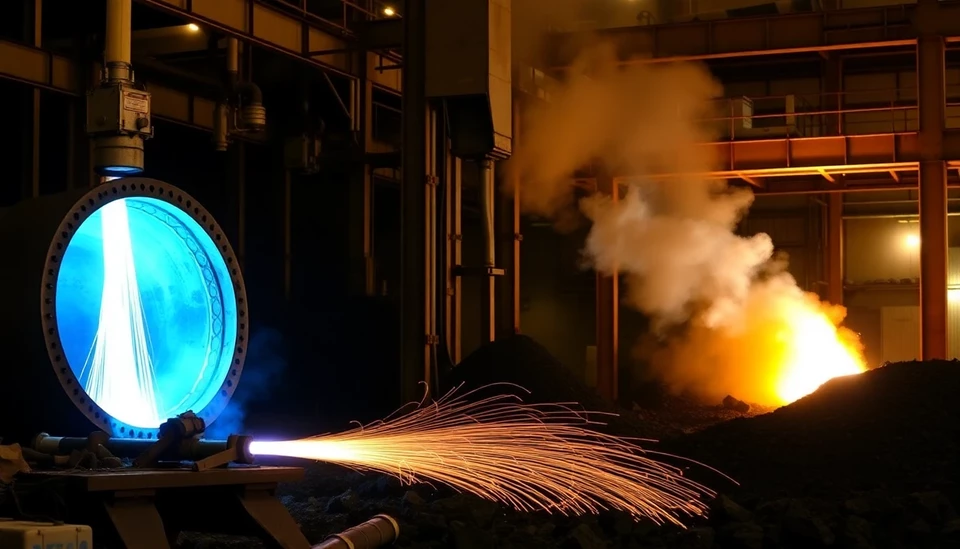
As India grapples with its ambitious green energy goals, a significant concern arises from the booming steel sector, which heavily relies on coal. This industry, essential for infrastructure development and economic growth, poses a substantial challenge to the country's commitment to reduce carbon emissions. The paradox lies in rapid industrial growth juxtaposed with the pressing need for sustainability.
India is currently one of the largest producers of steel in the world, with a production rate that has escalated due to increasing demand for infrastructure, construction, and automotive sectors. However, the methods employed in steel production predominantly utilize coal, a fossil fuel that emits a substantial amount of carbon dioxide, thus thwarting India’s efforts to meet its climate targets as outlined in international agreements.
Experts express concerns that if the trend continues, the steel sector could undermine India’s climate ambitions. The nation has already committed to achieving net-zero carbon emissions by 2070, alongside a goal to increase the proportion of natural gas and renewable energy in its energy mix. The steel industry, which currently operates primarily on coal-fired energy, could very well become a significant stumbling block to these plans.
Despite the apparent adversities, the Indian government has initiated steps to facilitate a transition towards greener practices within the steel sector. This includes promoting the use of alternative materials and emerging technologies that could potentially lessen reliance on coal. Innovations such as hydrogen-based steel production are gaining traction as more sustainable methodologies compared to traditional methods.
The global shift towards eco-friendly practices and reducing carbon footprint is not just a local issue but a pressing global phenomenon. Countries worldwide are establishing stricter environmental regulations, and significant international corporations are increasingly reluctant to engage with firms that fail to uphold sustainability standards. This trend poses a threat to Indian steel companies unless they adapt to more environmentally friendly practices.
India's steel industry must, therefore, navigate this complex landscape. While continuing to meet domestic demand and contribute to economic growth, it simultaneously faces the necessity of adopting greener technologies and practices. The challenge remains to balance growth with responsibility, ensuring that the sector does not fall foul of climate commitments, which could jeopardize not only India’s environmental goals but also its global standing.
In conclusion, the Indian steel sector stands at a critical juncture. The choices made in the near term regarding energy sources and production methods will dictate not only the health and sustainability of the industry but also India's broader environmental objectives. The road ahead is laden with challenges, but it also holds the potential for innovative solutions that could enable a successful transition to a greener economy.
#India #SteelIndustry #GreenGoals #CoalDependency #Sustainability #CarbonEmissions #RenewableEnergy #EnvironmentalImpact
Author: Samuel Brooks




